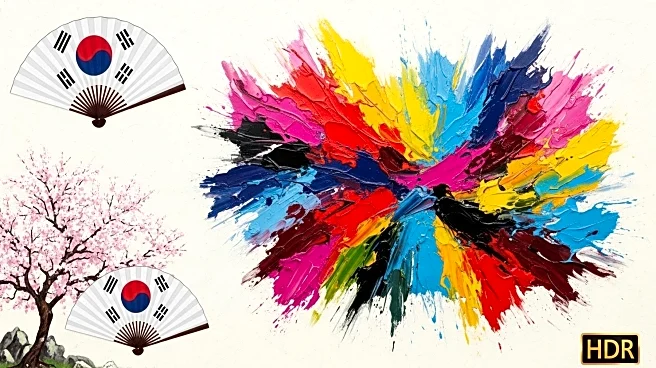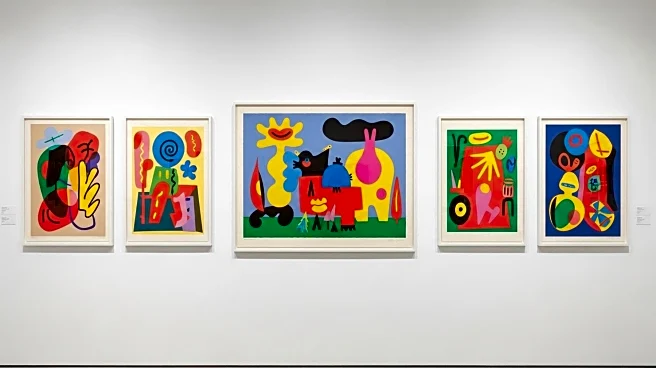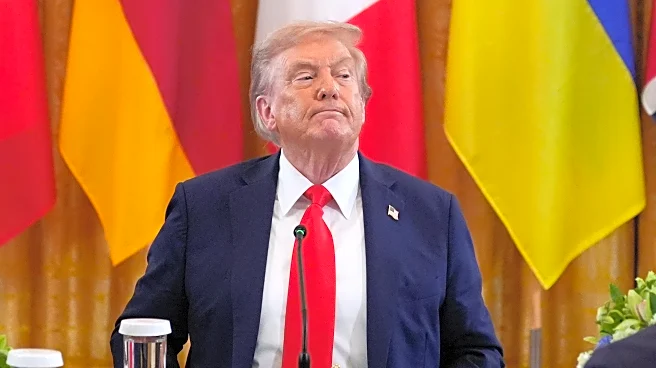What's Happening?
The global art market is experiencing a downturn, but there are signs of optimism in Japan and Korea. Despite a decline in fine-art auction sales, Japan's market has performed better than the global average, with a 19 percent dip compared to a 27.3 percent global decline. The number of lots offered at auction in Japan remains high, and the sell-through rate is the best in a decade. South Korea's art market has seen a 29 percent decline, but the number of lots offered and sold remains relatively strong. Upcoming art fairs in both countries, such as Frieze Seoul and Tokyo Gendai, offer opportunities for exhibitors to capitalize on local cultural powerhouses.
Why It's Important?
The resilience of Japan and Korea's art markets amidst global challenges highlights their cultural significance and potential for growth. As major cultural powerhouses, these countries continue to attract international attention and investment, fostering opportunities for artists and collectors. The performance of Japan's art market, in particular, suggests a shift towards lower-priced works and increased selectivity among buyers. The upcoming art fairs in Seoul and Tokyo provide a platform for exhibitors to showcase their work and engage with diverse audiences, potentially driving market recovery and innovation.
What's Next?
The art markets in Japan and Korea may continue to adapt to changing consumer preferences, focusing on lower-priced works and niche markets. As exhibitors prepare for upcoming art fairs, they may explore new strategies to engage with audiences and enhance their offerings. The resilience of these markets may attract further investment and collaboration, fostering growth and innovation in the art sector. The performance of Japan and Korea's art markets may influence global trends, prompting other regions to reassess their strategies and adapt to evolving consumer demands.
Beyond the Headlines
The challenges faced by the global art market raise ethical and cultural considerations, as countries navigate complex economic landscapes. The resilience of Japan and Korea's art markets underscores the importance of cultural representation and diversity in the art sector. The focus on lower-priced works and niche markets highlights the need for inclusivity and accessibility, challenging traditional market dynamics. Long-term shifts in consumer preferences and cultural values may influence the future of the art market, prompting ongoing innovation and adaptation.













